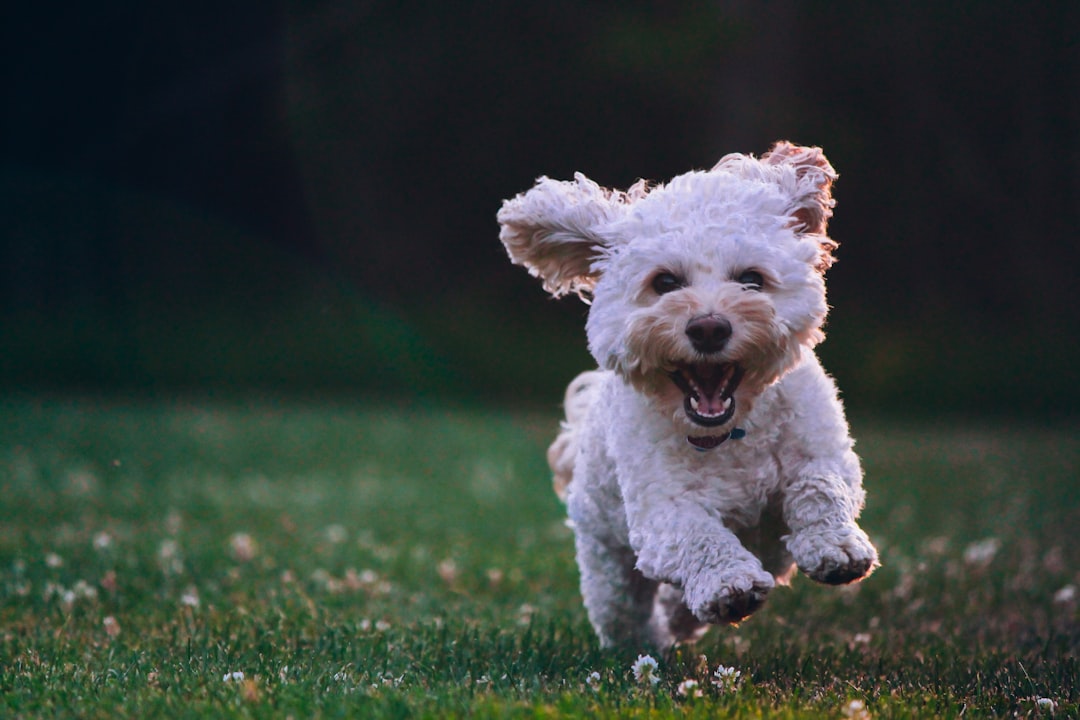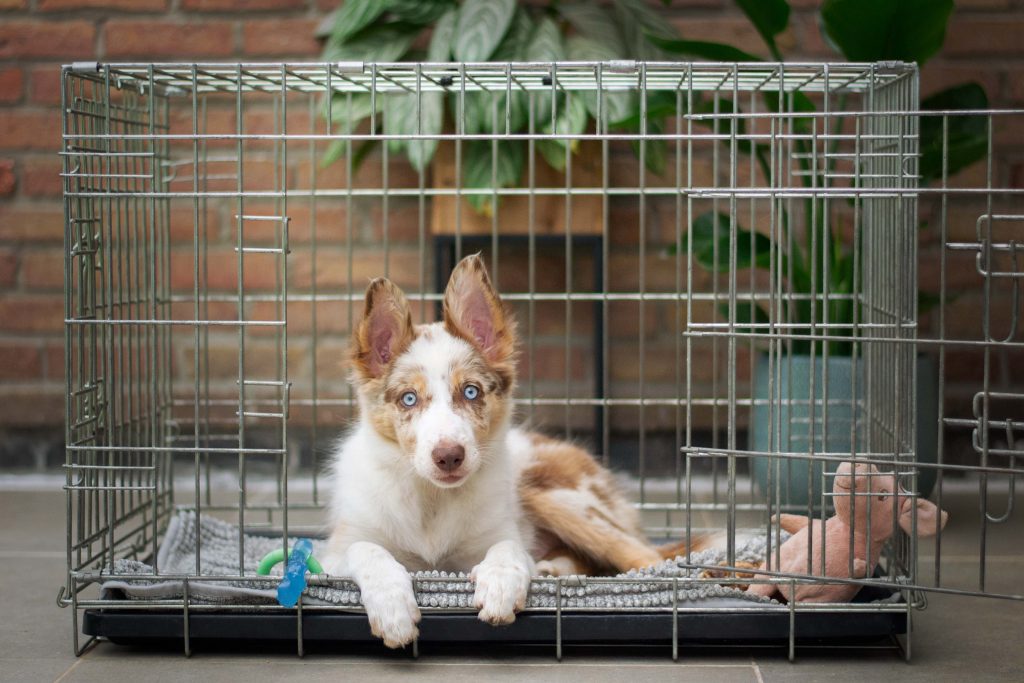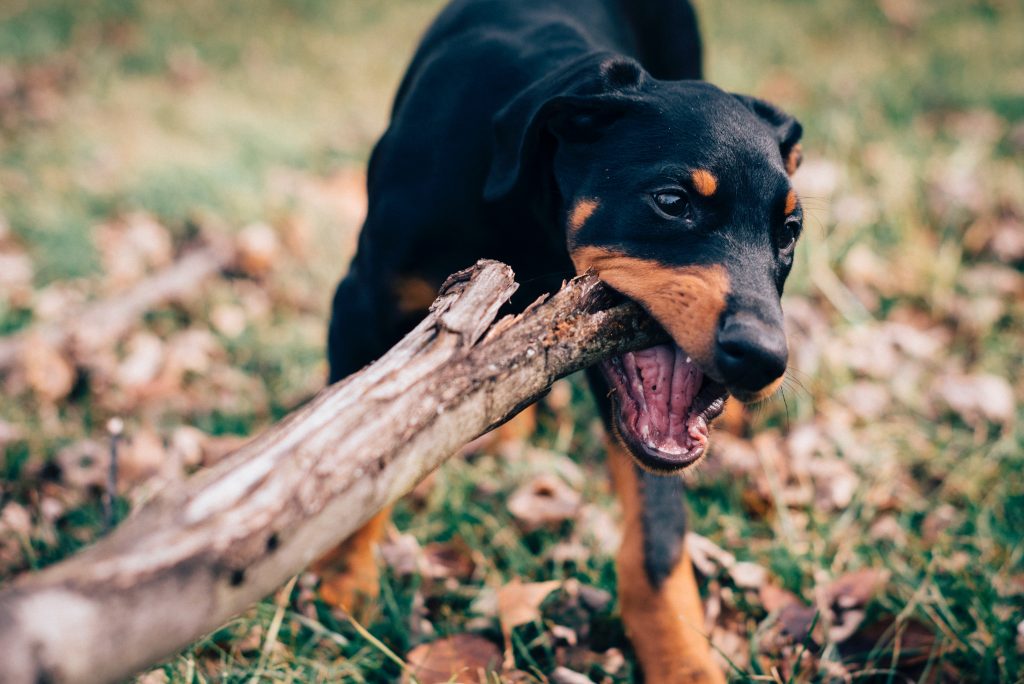Learn effective strategies for managing separation anxiety in dogs, including recognizing symptoms, identifying causes, and implementing prevention and treatment methods.

Understanding Separation Anxiety in Dogs
Separation anxiety in dogs is a complex condition that can have a profound impact on their behavior and overall well-being. Dogs experiencing separation anxiety may exhibit a range of distressing behaviors, such as urinating and defecating in the house, excessive barking and howling, destructive chewing, digging, and attempting to escape from the home. These behaviors can be harmful to the dog and can also cause significant stress for the pet parent. Understanding the underlying causes and manifestations of separation anxiety is crucial for effective management and treatment.
Differentiating separation anxiety from other behavior problems in dogs is important for accurate diagnosis and targeted intervention. While some of the symptoms of separation anxiety may overlap with those of other behavior issues, the key distinguishing factor is the context in which these behaviors occur. For instance, a dog that exhibits destructive chewing behavior may do so in response to separation anxiety, whereas a dog with a habit of chewing household items when the owner is present may not necessarily have separation anxiety. By understanding the specific triggers and patterns of behavior associated with separation anxiety, pet parents and professionals can implement appropriate strategies to address the condition effectively.
Recognizing Symptoms of Separation Anxiety
Recognizing the symptoms of separation anxiety in dogs is crucial for understanding their distress and implementing effective treatment. When left alone, dogs with separation anxiety may exhibit distress behaviors such as excessive vocalization, drooling, house soiling, and destructive behavior. For example, a dog with separation anxiety may excessively bark, whine, or howl, leading to disturbances in the neighborhood. They might also engage in destructive behaviors such as chewing furniture or attempting to escape from the house, which can be distressing for both the dog and the owner. These symptoms can vary in intensity, and it’s essential for pet owners to be observant of any unusual behavior when they are away from their dog.
Moreover, dogs with separation anxiety often become visibly upset when their guardians prepare to leave. They may exhibit signs of distress such as following the owner around, exhibiting anxious body language, or even trying to prevent the owner from leaving. Once left alone, they may continue to display these distress behaviors. For instance, a dog might pace, excessively drool, or engage in house soiling as a result of the anxiety caused by the separation. Understanding these signs of distress is crucial for pet owners to differentiate separation anxiety from other behavioral issues and provide appropriate support for their dogs.

Identifying the Causes of Separation Anxiety
Separation anxiety in dogs can be triggered by a variety of factors, making it essential to recognize and understand these potential causes. The loss of an important person or group of people in the dog’s life can lead to distress and anxiety when left alone. For example, a dog who has formed a strong bond with a family member or a regular visitor may experience separation anxiety if that individual is no longer present in the dog’s life.
Moreover, changes in schedule, residence, or household membership can also contribute to separation anxiety in dogs. For instance, a sudden shift in the daily routine, moving to a new house, or the absence of a family member due to work or other commitments can disrupt the dog’s sense of security and comfort, leading to anxiety when left alone. These changes can be particularly challenging for dogs who thrive on consistency and familiarity, causing them to exhibit distress behaviors when separated from their guardians.
By recognizing these potential causes of separation anxiety, dog owners can take proactive steps to address and manage the condition effectively. Whether it involves providing additional support during transitional periods or implementing targeted behavioral interventions, understanding the underlying triggers is an important first step in helping dogs overcome separation anxiety and improve their overall well-being.
Treating Mild Separation Anxiety in Dogs
When addressing mild separation anxiety in dogs, it’s crucial to implement effective counterconditioning techniques. This method involves associating the experience of being alone with something positive and enjoyable for the dog, such as a food-stuffed toy or a favorite treat. By creating a positive association with being alone, the dog can gradually learn to feel more at ease during periods of separation.
In addition to counterconditioning, there are other valuable strategies that can be employed to alleviate mild separation anxiety in dogs. One approach involves making the process of leaving and returning home low-key, as overly dramatic entrances and exits can contribute to the dog’s anxiety. Leaving behind recently worn clothes that carry the owner’s scent can provide comfort and reassurance to the dog during their alone time. Furthermore, natural calming supplements can be beneficial in promoting relaxation and reducing stress for dogs experiencing mild separation anxiety. For example, supplements containing ingredients like chamomile or L-theanine have been found to have calming effects on dogs, helping to ease their anxiety when left alone.
By combining these different approaches, dog owners can effectively address mild separation anxiety in their pets, ultimately promoting a more positive and comfortable experience for the dog during periods of separation [1].

Managing Moderate to Severe Separation Anxiety
When dealing with moderate to severe separation anxiety in dogs, a desensitization and counterconditioning program is a recommended approach. This method involves gradually getting the dog used to being alone by starting with short periods of separation and then slowly increasing the duration over time. For example, if a dog becomes distressed when left alone for even just a few minutes, the training process may begin by leaving the dog alone for only a minute or two, then gradually extending the time as the dog becomes more comfortable with the separation.
In severe cases of separation anxiety, it may be necessary to consider the use of medications to help manage the dog’s distress. This step should always be taken in consultation with a veterinarian or veterinary behaviorist, who can provide guidance on the most appropriate medications and their proper administration. It’s crucial to seek professional advice before administering any medications to ensure the dog’s safety and well-being.
By implementing a systematic desensitization and counterconditioning program and seeking expert guidance on the potential use of medications, pet owners can effectively address moderate to severe separation anxiety in their dogs, ultimately improving the well-being and quality of life for their beloved pets.
## Prevention and Long-Term Support Preventing and treating separation-related behavior in dogs involves leaving special toys, ensuring the dog is not hungry, and minimizing disturbances. Additionally, physical and mental stimulation, such as exercise, interactive toys, and a flexible schedule, play a crucial role in reducing separation anxiety in dogs. It’s important to provide ongoing support and consider professional guidance if the behavior persists. [1] source source source source
